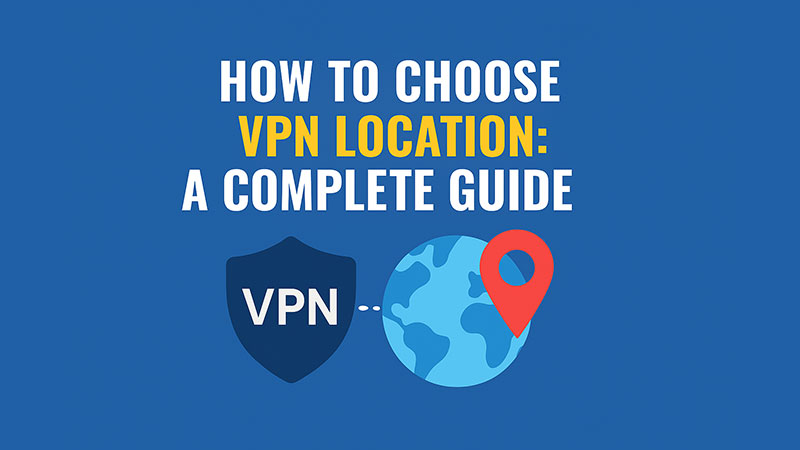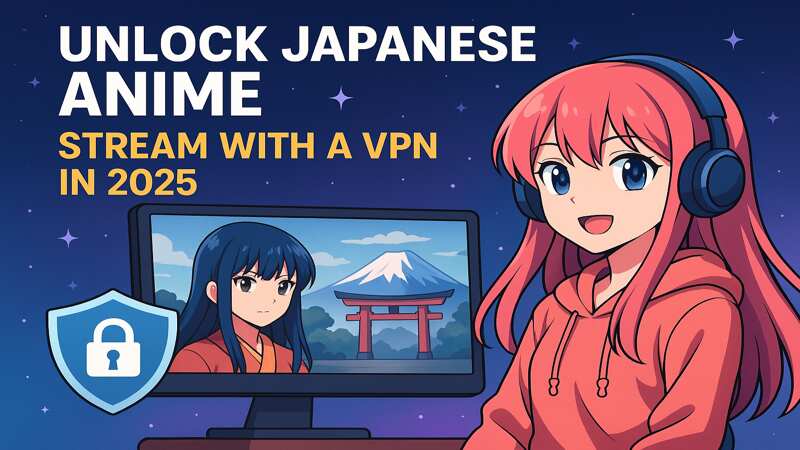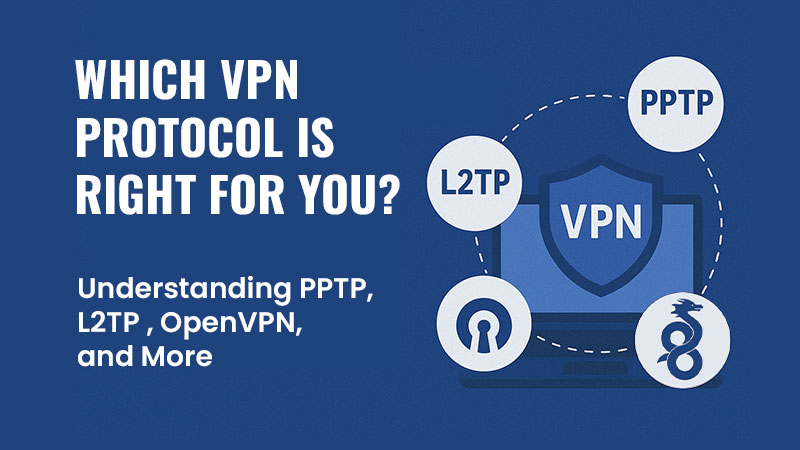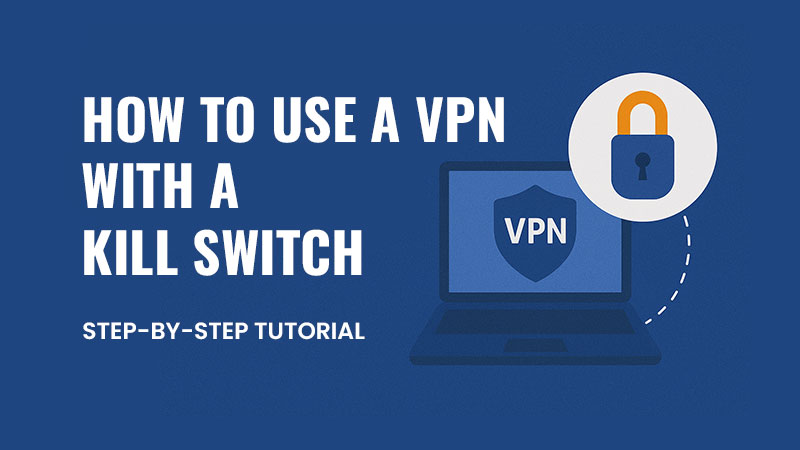Choosing the optimal VPN location is important – it can influence your browsing speed, online privacy, content accessibility, and overall user experience. With countless VPN servers spread across the globe, selecting the right one can be overwhelming. This guide highlights the essential considerations for selecting a VPN server wisely.
A VPN works by rerouting your internet traffic through an encrypted tunnel to a server in a location of your choice. This masks your real IP address and allows you to appear as if you’re browsing from a different country or region. Whether you want to stream geo-restricted content, protect your privacy, secure public Wi-Fi connections, or find better deals online, your VPN location choice plays a major role. Learning how to change location with VPN efficiently can unlock endless possibilities, from accessing foreign streaming libraries to overcoming local internet restrictions.
Why Best VPN Location Matters
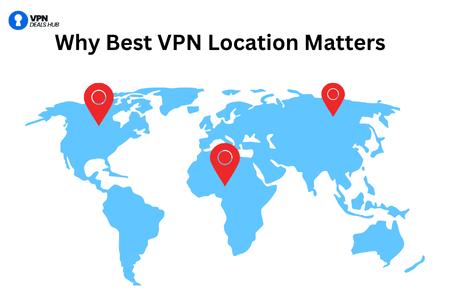
Choosing the Best VPN location is one of the most important decisions you can make when using a VPN. Your VPN server location directly affects your internet speed, the type of content you can access, your level of privacy, and even the prices you see online. When you connect to a VPN, your IP address changes to reflect the location of the server you choose, which can open or restrict access to specific websites and services.
For example, if you want to stream your favorite shows, selecting a VPN location that matches the content’s country of origin is essential. Many streaming platforms like Netflix, Hulu, or BBC iPlayer have different content libraries based on geographic regions. If you are wondering how to use VPN for Netflix effectively, you must connect to a VPN server in the country where that specific Netflix library is available. The same applies to TikTok and other region-restricted apps.
The VPN location also influences your connection speed. Servers that are geographically closer to your real location generally provide faster speeds and lower latency. If you are looking for the Best VPN Server for speed, selecting nearby servers or those with a low server load is your best strategy.
Additionally, the privacy and security of your internet activity can vary significantly depending on the VPN server’s country. Countries like Switzerland, Panama, and Iceland offer strong privacy protections, unlike those with strict surveillance and data retention regulations.
Another often overlooked benefit of changing your VPN location is the ability to unlock region-specific pricing. Many e-commerce platforms display different prices based on your browsing location, which means you might find better deals on flights, hotel bookings, and subscription services by changing your VPN server.
In summary, your VPN location determines:
- Internet speed: A nearby VPN server usually means faster connection speeds.
- Access to geo-restricted content: Certain streaming platforms, websites, and services are only available in specific countries.
- Privacy and security: Some countries have strict data retention laws, while others offer more privacy-friendly environments.
- Online deals and pricing: Prices for flights, hotels, and services can vary by region.
How to Choose the Best VPN location for Speed and Security
Selecting the Best VPN location involves more than just picking a country at random. To get the most out of your VPN, you need to consider your browsing purpose, desired speed, privacy needs, and content accessibility. Here’s a breakdown of the essential factors that will help you choose the right VPN server location for your specific goals.

- 9.8
- The fastest and most reliable VPN on the market

- 9.5
- Low-cost VPN offering unrestricted device usage

- 8.2
- Affordable new VPN launched by top industry professionals
Purpose of Using the VPN
Your VPN location should match your goal:
- Streaming: Choose a server in the country where the content is available (e.g., US for Netflix US, UK for BBC iPlayer).
- Privacy: Choose VPN servers located in countries with strong privacy laws, such as Switzerland, Iceland, or Panama.
- Speed: Connect to the VPN server closest to your geographical location to ensure low latency and optimal performance.
- Bypassing censorship: Choose VPN servers in countries that uphold open internet policies and minimal censorship regulations.
If you’re wondering how to change location with VPN, most VPN apps allow you to select a country or city from their server list. Just pick a spot and your IP will switch to that location automatically.
Server Proximity
To maximize connection speed, choose a VPN server located near your physical location. The farther the server, the more likely you are to experience slower speeds and increased lag. If you’re looking for the Best VPN server for speed, always prioritize nearby servers with low load.
Server Load and Performance
Many VPN apps show the load percentage of each server. A server with lower load usually offers better performance. Always pick servers that are not overcrowded to enjoy faster browsing and streaming.
Legal Tips for Choosing VPN Locations Safely
Steer clear of VPN servers located in regions known for invasive surveillance or stringent data retention laws. Nations within the Five Eyes, Nine Eyes, and Fourteen Eyes alliances often lack comprehensive privacy safeguards. For enhanced anonymity, consider servers based in privacy-centric jurisdictions like Switzerland, Panama, or Iceland.
Unlocking Regional Content
If you want to access region-specific content, your VPN location must match the region where the content is available. For example:
- Netflix US: Connect to a US server. Wondering how to use VPN for Netflix? Simply open your VPN, select a US server, and start streaming Netflix.
- BBC iPlayer: Connect to a UK server.
- Hotstar India: Connect to an Indian server.
Similarly, if you’re curious how to use VPN for TikTok, select a VPN location where TikTok is available and unrestricted. This is useful if TikTok is banned or limited in your country.
Avoid Blacklisted Locations
VPN servers may be restricted by major websites and streaming services due to content protection measures. If you can’t access your target site, try switching to another server in the same country. Knowing how to change my VPN location frequently can help you bypass these restrictions easily.
Best Tips for Choosing VPN Locations
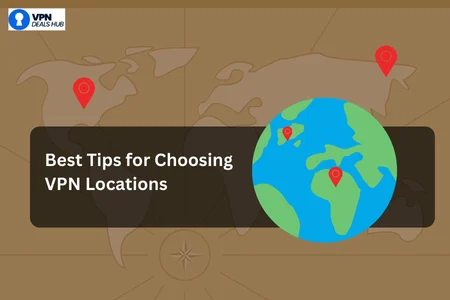
- Use “Smart Location” or “Recommended Server” features if your VPN offers them for automatic best picks.
- Use VPN servers optimized for P2P when torrenting.
- Check if the VPN provider offers specialty servers like Double VPN, Onion Over VPN, or Obfuscated Servers for extra security.
- Explore VPN providers with robust VPN location for streaming options to unlock popular platforms like Netflix, Hulu, and Disney+.
Choosing the Best VPN Location Made Easy
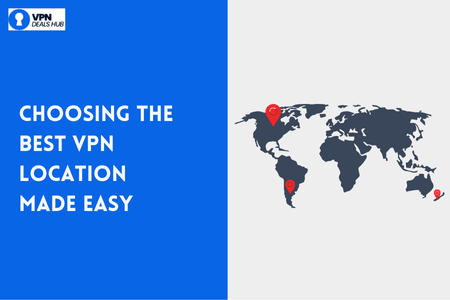
Selecting the best VPN location isn’t just about clicking a random country. It’s about aligning your server choice with your specific needs – whether it’s speed, privacy, streaming access, or avoiding censorship. By considering server proximity, legal protections, server load, and content availability, you can optimize your VPN experience and truly unlock the power of the internet.
Learning VPN server selection tips and mastering how to quickly change locations can help you maximize both security and online freedom.
Frequently Asked Questions (FAQ)
How do I change my VPN location?
Most VPN apps make it easy to change your VPN location. Simply open the app, browse the list of available servers by country or city, and click to connect. IP updates to the chosen location once connected.
Which VPN server delivers the best speed?
The best VPN server for speed is typically the one closest to your physical location with the lowest server load. Local servers offer lower latency and better speeds.
How do I use VPN for Netflix?
To stream region-specific Netflix content, launch your VPN application and connect to a server located in the desired country—such as the United States for Netflix US. After the connection is established, open Netflix to access and enjoy the content available in that region.
How do I use VPN for TikTok?
If TikTok is restricted in your country, you can use a VPN by connecting to a server in a region where TikTok is fully accessible. After establishing a connection, TikTok will behave as though you’re accessing it from your selected server location.
What are privacy-friendly VPN countries?
Privacy-friendly VPN countries are jurisdictions known for robust data protection laws and the absence of mandatory data retention requirements. Popular choices include Switzerland, Panama, Iceland, and the British Virgin Islands.
What VPN location is best for streaming?
The ideal VPN server for streaming varies by content type and region. For instance, connect to a US server for Netflix US, a UK server for BBC iPlayer, or an Indian server for Hotstar India. Ensure your VPN offers servers optimized specifically for streaming.
What are VPN server selection tips?
Select VPN servers near your physical location to optimize connection speed and performance.
Select servers with low user load.
Utilize servers configured for specific tasks such as streaming, torrenting, or enhanced privacy to ensure optimal performance and security.
Avoid servers in countries with strict surveillance laws.

